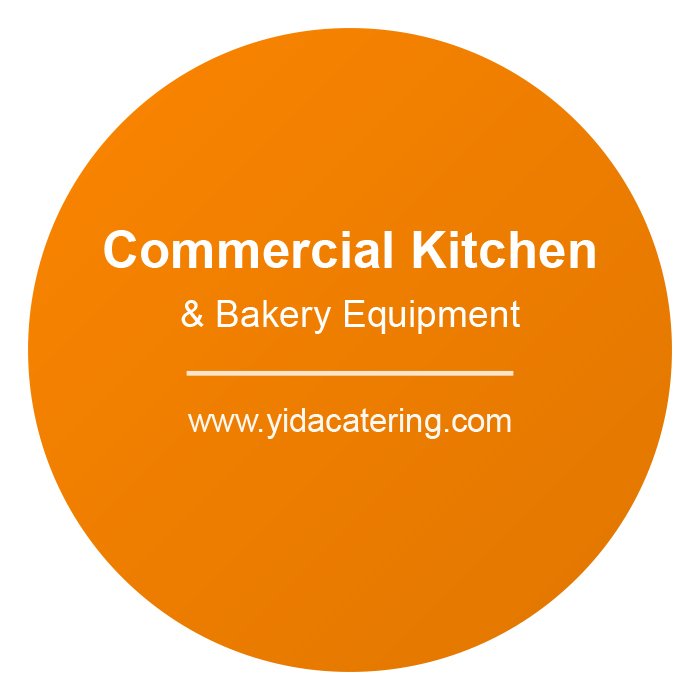In today’s fast-paced and competitive market, efficient packaging plays a critical role in ensuring product quality, brand presentation, and operational efficiency. For businesses across various industries, selecting the right packaging machine is a pivotal decision that can significantly impact productivity, cost-effectiveness, and customer satisfaction. However, with the wide range of packaging machines available, finding the perfect fit for your business needs can be overwhelming.
In this blog post, we’ll guide you through the key factors to consider when choosing a packaging machine to ensure you make an informed decision that aligns with your business goals.
1. Understand Your Product Requirements
The first step in selecting a packaging machine is to analyze the specific needs of your product. Consider the following questions:
- What type of product are you packaging (e.g., solid, liquid, granular, or powder)?
- Does your product require special handling, such as temperature control or protection from moisture?
- What are the dimensions and weight of your product?
Different machines are designed for different types of products. For instance, a vertical form-fill-seal (VFFS) machine may be ideal for packaging powders or granules, while a flow wrapper might be better suited for solid items like snacks or baked goods.
2. Evaluate Your Production Volume
The production volume is a crucial factor in determining the type of packaging machine you need. Consider your current production capacity and future growth projections. Machines vary in speed, from semi-automatic systems designed for small-scale operations to fully automated machines capable of handling high output.
For businesses expecting rapid growth, investing in a scalable solution may save money and time in the long run. Ensure that the machine you choose can keep up with your production demands without compromising efficiency or quality.
3. Assess Packaging Material Compatibility
Packaging materials vary widely, from plastic films and paperboard to glass and aluminum. It’s essential to select a machine that is compatible with the material you plan to use.
Additionally, consider the sustainability aspect. Many consumers today prefer eco-friendly packaging solutions. If your business is moving toward sustainable practices, ensure that the machine can handle biodegradable or recyclable materials without compromising performance.
4. Consider Space and Layout Requirements
Before making a purchase, evaluate the available space in your facility. Packaging machines come in various sizes, and some may require additional equipment, such as conveyors or sealing units. Measure your workspace carefully and ensure that the machine fits seamlessly into your production line.
Also, consider the workflow and ergonomics of the setup. The machine should be easy to operate and maintain without disrupting other processes within your facility.
5. Focus on Automation and Technology
The level of automation in a packaging machine can significantly impact efficiency and labor costs. Fully automated machines reduce manual intervention, increasing speed and consistency while minimizing human error. However, they may require a higher upfront investment compared to semi-automatic models.
Additionally, look for machines equipped with advanced technology features such as touch-screen controls, programmable settings, and remote monitoring capabilities. These features can streamline operations and provide valuable insights into production metrics.
6. Prioritize Maintenance and Support
A reliable packaging machine should come with robust maintenance support to minimize downtime and ensure smooth operations. Before purchasing, inquire about the manufacturer’s service offerings, including:
- Availability of spare parts
- Technical support
- Warranty terms
- Training for your team
Opting for a machine from a reputable supplier with excellent after-sales support can save you significant time and money in the long term.
7. Set a Realistic Budget
While cost is an important consideration, it’s essential to strike a balance between quality and affordability. Avoid opting for the cheapest option if it compromises durability or functionality. Instead, focus on the total cost of ownership (TCO), which includes initial investment, operational costs, maintenance expenses, and potential downtime.
Remember that investing in a high-quality packaging machine can lead to increased efficiency and reduced costs over time.
8. Test Before You Invest
Whenever possible, request a demonstration or trial run of the machine before making a final decision. This allows you to evaluate its performance with your specific product and packaging material. Testing also provides an opportunity to identify any potential issues and ensure that the machine meets your expectations.
Conclusion
Choosing the perfect packaging machine for your business is a strategic decision that requires careful consideration of multiple factors. By understanding your product requirements, evaluating production needs, and prioritizing quality and support, you can find a solution that enhances efficiency and contributes to your business’s success.
Remember, a well-chosen packaging machine is not just an expense—it’s an investment in your brand’s reputation, operational excellence, and long-term growth. Take the time to research, consult with experts, and make an informed choice tailored to your unique business needs.

